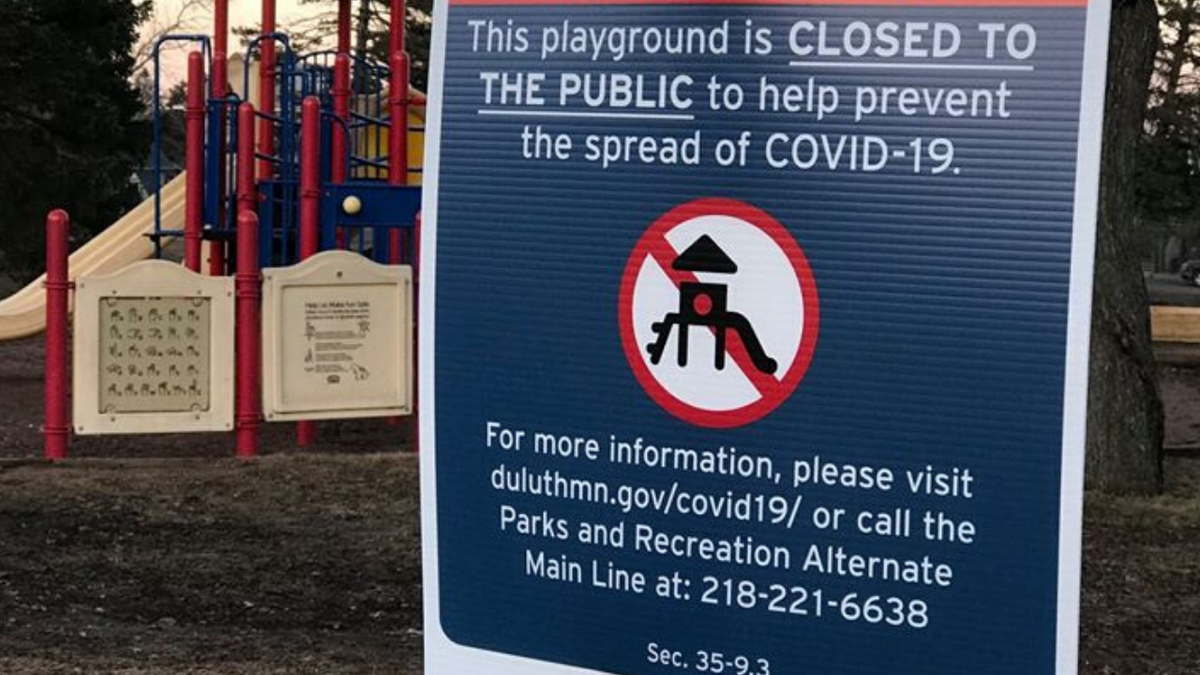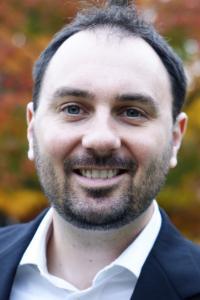Assistant Professor Richard Buckalew is an applied mathematician who primarily focuses on applications to biology. He says epidemic modeling has an incredible track record for predicting the impact of infectious diseases like COVID-19.
1. What does the math tell you about the impact of social distancing?
The math tells us that, given all the complex ways that people can interact and spread the pathogen, reducing this by even relatively small amounts can have a huge impact on the felt reality of an epidemic.
In the real world, that translates to two things: We need fewer interactions with others, and when interaction must happen, we need safer ones – i.e., social distancing. And we need people who are contagious (‘testing’) or who might be (‘tracing’) to self-isolate and take more precautions than they otherwise would. Small changes in those two factors can have huge effects on the trajectory of the model.
What the math can’t tell us is how any particular individual will be impacted; this kind of a model is designed for thinking about populations. And the model I’m sharing here could be called ‘conceptual’ – it’s not specific to any one pathogen or population, and is only designed to explain the approach. The coronavirus models being used by University of Minnesota Twin Cities and other places, which actually guide policy, are much more sophisticated and draw on a number of different data sources.
That’s the last part of the answer, too: The math can’t tell us anything without having real-world data to compare it to. Modeling is just one piece of the puzzle. If we have an accurate count of how many people are sick each day, for example, then we can find the values that make the model look as close to the real numbers as possible. Then we can use the model’s output to make educated guesses about how the real world data will look in the future. The more data we have, the more accurately we can measure those parameter values – and in a real working model there are quite a lot more parameters than just two.
2. How would you explain this to someone who is doubtful of the modeling?
I would say they’re right to be skeptical of anybody who makes a very definite claim about what will happen. A common quip among mathematicians is, “All models are wrong”. That’s why modelers use a variety of techniques that explore all the ways they might have gotten something wrong, and what that would mean for their results.
That said, in general this kind of model has an incredible track record. And it should – it’s based on fundamental facts about how pathogens spread that we know are correct. You can see it in the infection curves of every place that’s keeping track: without public health interventions, an outbreak starts with exponential growth, decelerates a bit until reaching a peak, and then finally decreases. It’s almost universal among outbreaks of new diseases, and it’s fundamental to S-I-R models.
One of the things that can drive skepticism is changing predictions, sometimes even from the same team or model. When a model’s predictions change, it’s because the conditions in the real world are changing, as we begin social distancing, staying at home, and self-isolation.
At the beginning of an outbreak, the parameters have whatever values they have, but as people become aware of the disease and we take steps to fight it, those values change. As new data is gathered, our estimates of those values change too, and that makes the model’s output look different.
With a disease like COVID-19, there’s a significant delay in getting that data, because there’s a long incubation period and sometimes a significant presymptomatic period as well. So the models are slow to update – but when the real data is more optimistic than the model, it’s often because of that long delay after public health measures take effect until their results can be seen in the data. In other words, if a model’s predictions seem wrong, that’s often because the public health policy is working!
3. What else would you like people to know?
What I’d really like is for people to get to know their friendly neighborhood epidemiologist. Or mathematician, or whomever. People get into epidemiology, or epidemiological modeling, because they want to make the world a better place. When people have questions, I want them to feel empowered to ask someone who would know – and to know the difference, because unfortunately there are plenty of people who pretend to be experts when they aren’t.
Contact Information
(218) 726-8285

